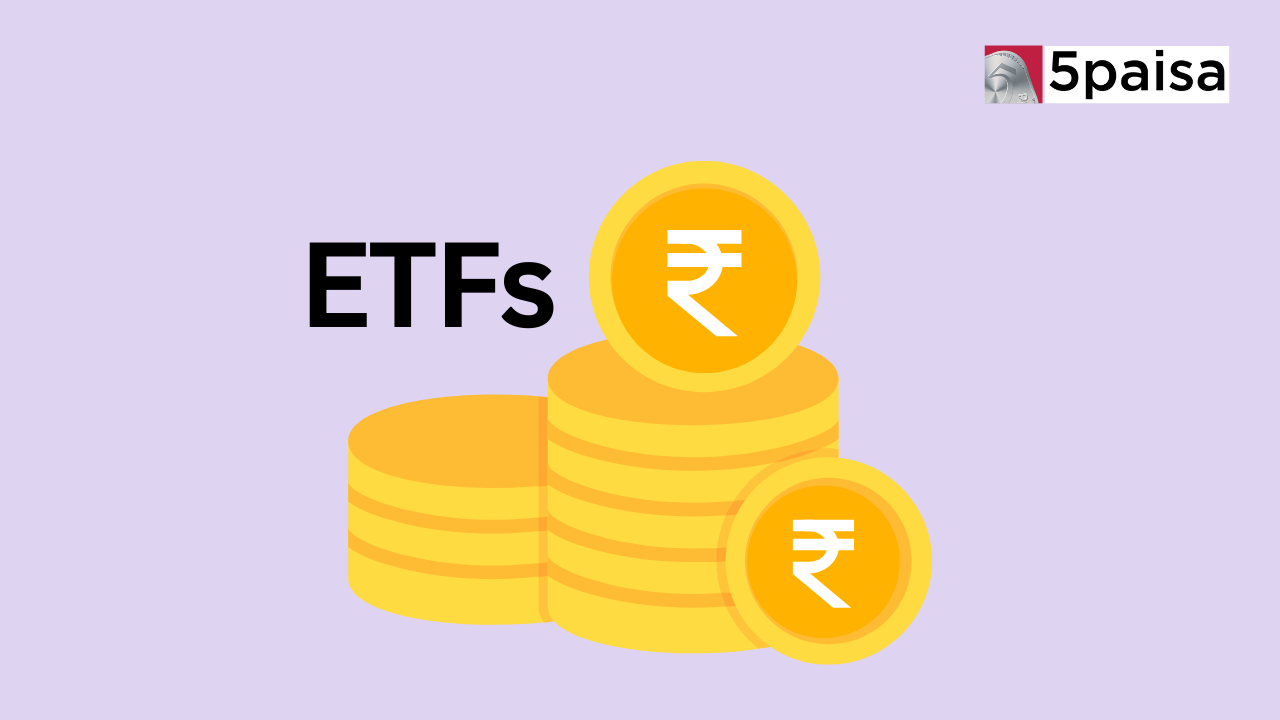SEBI to Introduce Swing Pricing Mechanism for Debt Funds

Last Updated: 5th October 2021 - 03:38 pm
In a move that was long awaited, SEBI rolled out swing pricing in the case of debt funds. The detailed process flow would be finalized by AMFI in consultation with the various asset management companies and placed for approval by SEBI. To understand the swing price mechanism, it is essential to understand how volatility will impact the NAVs of debt mutual funds and how it puts small retail investors at a disadvantage.
The new swing pricing framework will be officially effective from March 2022. To begin with, the facility of swing pricing would only be allowed in the event of large redemptions. In such cases, since the redemption is done at the previous day’s price the HNIs try and exit at an attractive NAV. This puts an additional burden on the existing unit holders as, quite often, the fund may have to sell less-liquid bonds at sub-market prices.
The whole purpose of Swing Pricing is to ensure that long term investors are not adversely impacted during big ticket redemptions. Normally, long term investment is recommended as the ideal strategy to investors in equity and debt funds. However, it has been observed that in the event of heavy redemptions the long term investors are the worst hit. Swing pricing will overcome this issue, but how will swing pricing work?
Here is how swing pricing works. For example, on the day of huge redemptions, some HNI investors may try and exit at the previous day's NAV. In the swing pricing mechanism, the exit NAV for the selling investor will be adjusted lower to reflect this loss so that the long term investors are not penalized. The idea is to avoid additional erosion for existing investors. If there is a huge cost in terms of liquidity, then outgoing investors bear the cost.
Swing pricing formula will only be applicable in the case of market dislocation. To begin with, the swing pricing mechanism will be introduced for all debt funds except money market funds, gilt funds and 10-year government security funds. SEBI will decide on what amounts to market dislocation while the AMFI will set the limits for triggering swing pricing.
Also Read:-
SEBI Announces Optional T+1 Settlement From 01-January
- 0% Commission*
- Upcoming NFOs
- 4000+ Schemes
- Start SIP with Ease
Trending on 5paisa
06
 5paisa Research Team
5paisa Research Team
Mutual Funds and ETFs Related Articles
Disclaimer: Investment in securities market are subject to market risks, read all the related documents carefully before investing. For detailed disclaimer please Click here.
 Sachin Gupta
Sachin Gupta
 Tanushree Jaiswal
Tanushree Jaiswal




